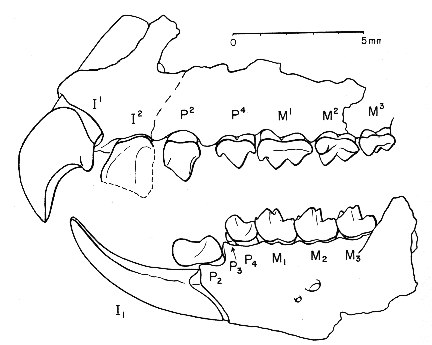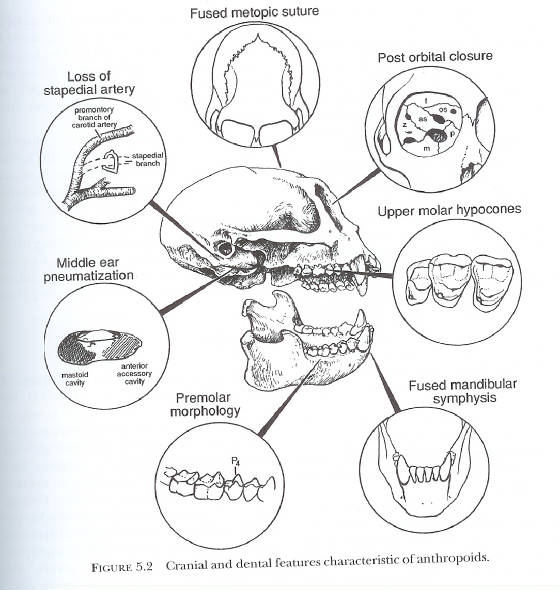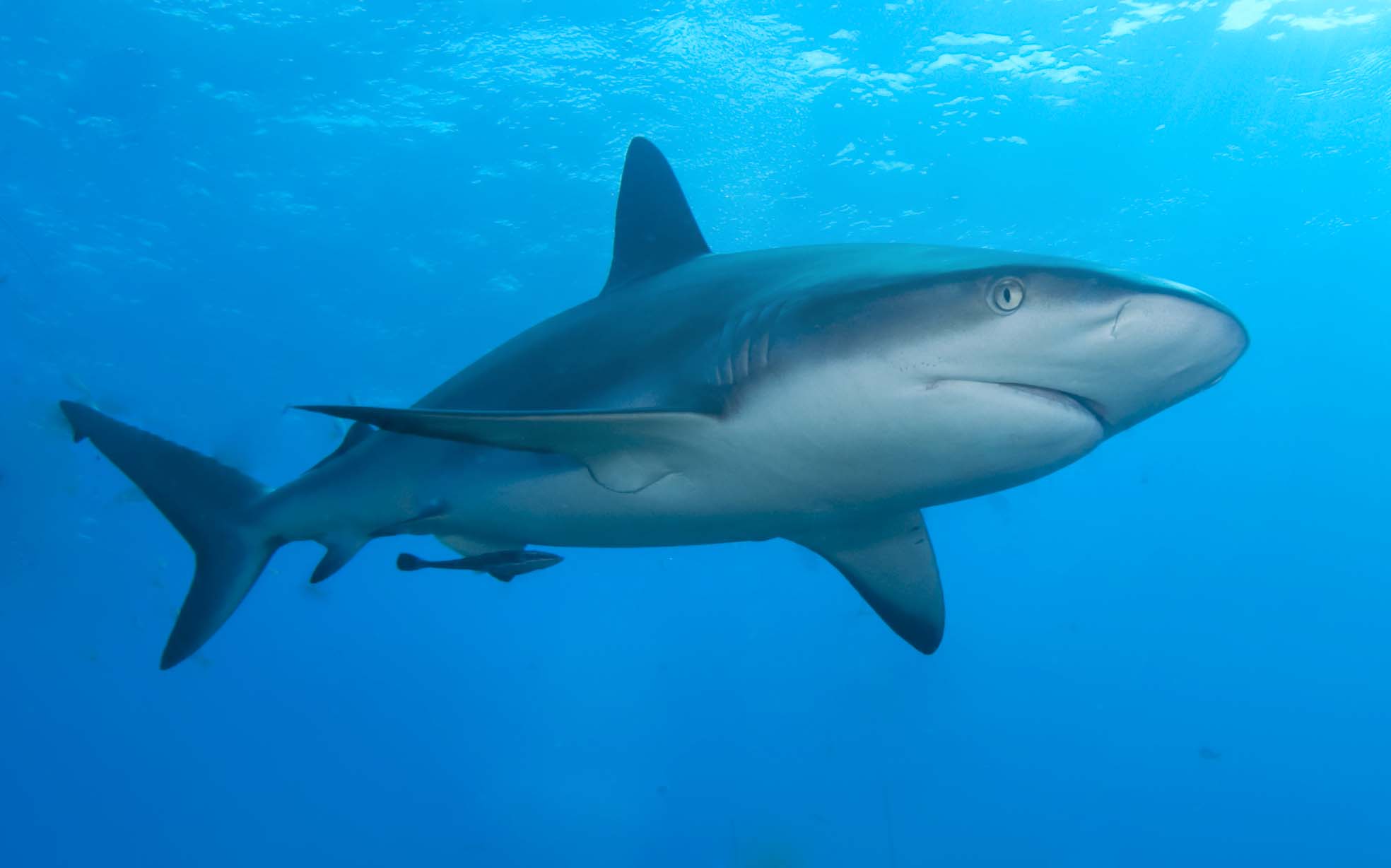High Altitude
- Since the atmosphere is less dense high altitudes' air pressure is 30% lower. Air molecules are farther apart and since the air pressure is lower it makes it harder for oxygen to come into our vascular system and this results in oxygen deprivation (hypoxia). Hypoxia usually begins with not being capable of doing daily physical activities such as walking up a staircase. Other symptoms can include loss of appetite, headache, vomiting, fatigue, distorted vision and difficulty with your memory. In serious cases, sickness of high altitude can lead to pneumonia symptoms. If you go somewhere with different levels of altitude and you cannot adjust you can have either temporary physiological changes or permanent this is known as acclimatization.This affects human survival because our body cannot handle such drastic changes. High altitudes also brings changes in climate such as blazing hot days and freezing nights, if you go camping.
- One short-term adaptation is our boies produce more red blood cells and capillaries to carry more oxygen. Our vascular network of muscle increases, as our lungs will increase their size. Our vascular network enhances the transfer of gasses and our lungs will increase so they can facilitate osmosis of oxygen and carbon dioxide.
- A facultative adaptation that our body does when it goes into high altitude is produce more hemoglobin to carry oxygen throughout our body. Since iron carris hemoglobin, we would need to take an iron supplement so our body would be capable to do the producing. Taking this supplement will help your body out by decreasing the stress in producing more red blood cells and capillaries.
- A developmental adaptation is natural selection involving mtDNA. Both highland Tibetans and Quechua burn glucose in a way that allows more efficient oxygen use. Glucose is critical because it is the only source of energy used by the brain. This shows the genetic mutation in the mitochondrial DNA. Tibetans live in higher altitudes and they generally breathe faster to take in more oxygen. This permits an increased rate of blood flow. The Andeans adapted to thin air by developing an ability to carry more oxygen in each red blood cell.
- Prehistoric people occupied landscapes during certain time seasons. In South America the maritime environment began transforming as tempatures changed. Warmer tempatures allowed plants and animals to move to higher elevations. Hunting was plentiful because animals were relocating. This can be considered cultural adaptation because the humans were moving just as well to survive.
- Some of the benefits studying human variation is being able to understand the human by taking a look from a different perspectives. One perspective for example can be biological, looking at how humans vascular systems and molecules adapt to produce what our body needs to survive. We can look through physical by seeing how it affects humans, such as loss of appetite which leads to weight loss. We can also look through physiological to see how it affects humans mentally. One example of how we can use this in a productive way is doing a study between different races or different ages to see if it affects every one the same way.
- I would use race to understand the different variations by seeing if it affects people the same or how long it takes for the symptoms of high altitude sickness to kick in. Since ancestors had to go throuh different adaptations we can look to see if one person can adapt quickly because of their ancestors. Since we can also use genetic mutation as a theory for these adaptations.Using the study of environmental influences is better than using race to study human variation because we can see how people adapt and different ways people adapt internally (red blood cells), if we use race, we will only be focusing on developmental and cultural adaptation instead of a variety of perspectives.








